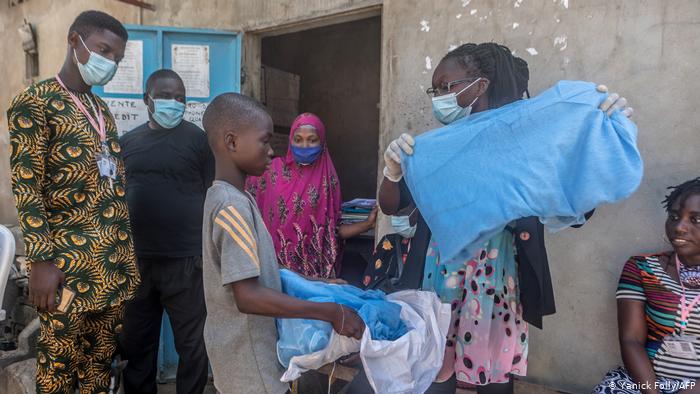Infections halved in children in Ivory Coast using new technology.
A new lure-and-kill style device trial shows potential for a major drop in malaria-spreading mosquitoes.
Called Eave Tubes, the lure-and-kill type devices developed in the Netherlands work like this: Plastic PVC tubes are installed in holes drilled underneath the roofs of houses. The tubes are fitted with screens laced with an insecticide approved for use with close human contact. Mosquitoes are attracted to the scent of the houses’ inhabitants, which wafts out through the tubes, luring them to the device. They are blocked from entering by the screen, and if they come into contact with it, poisoned by the insecticide and killed.
By killing the mosquitoes, not just preventing them from entering, “you’re not only protecting people living in the house, but also protecting people living in the wider area,” said Eleanore Sternberg, a program manager working on vector control products at Liverpool School of Tropical Medicine, a lead author of the study who managed the Eave Tubes project in the Ivory Coast over its two-year duration.
The randomized control trial took place in 40 villages in the western African nation: Half the villages received insecticide-coated bed nets, and the other half bed nets as well as Eave Tubes. The tubes were found to reduce the rate of malaria by 40% on top of bed net usage.
Relevance to RAM: Any new tool is welcome to add to bed nets, residual indoor spraying, larvicide treatments, etc., to reduce the vector burden.
Photo via dw.com.

